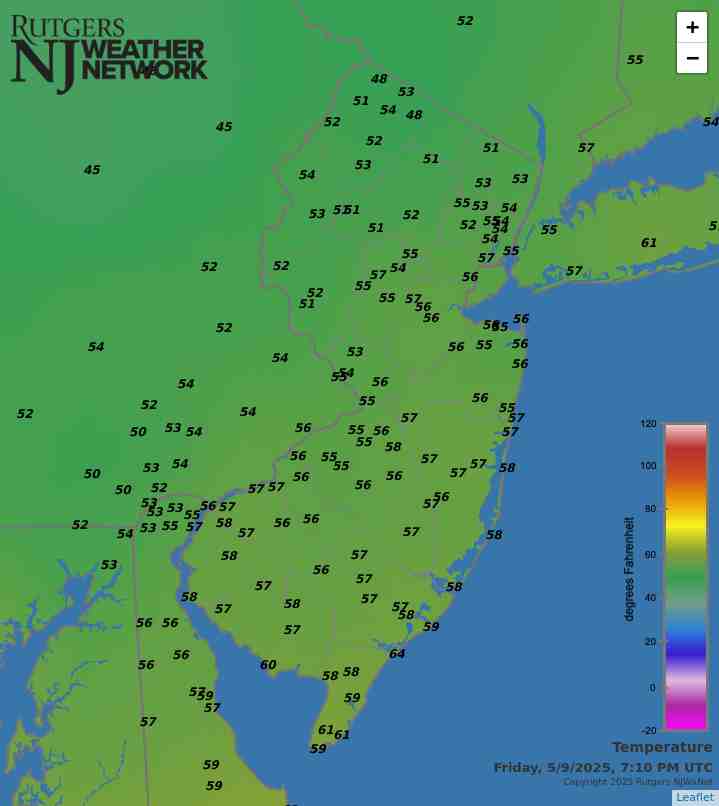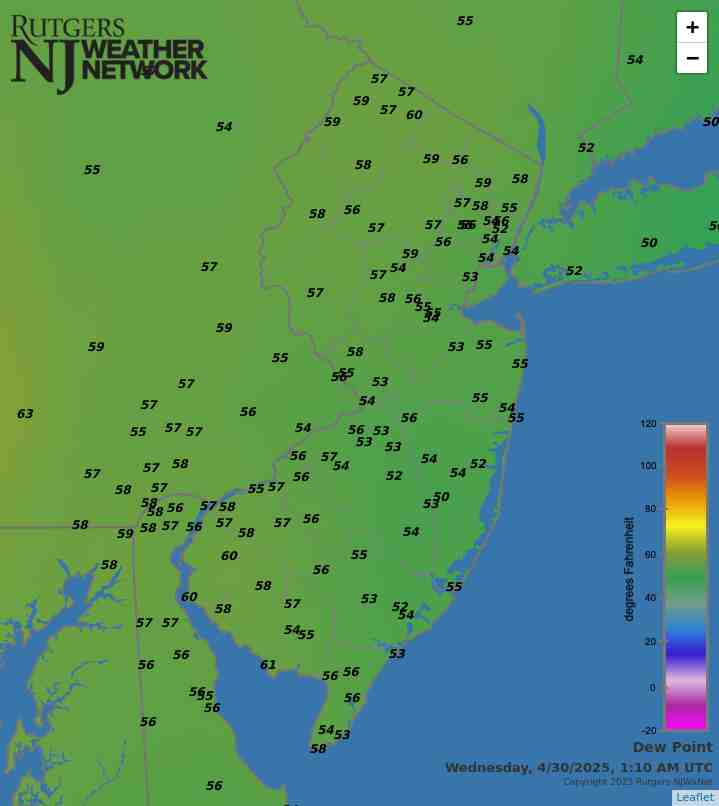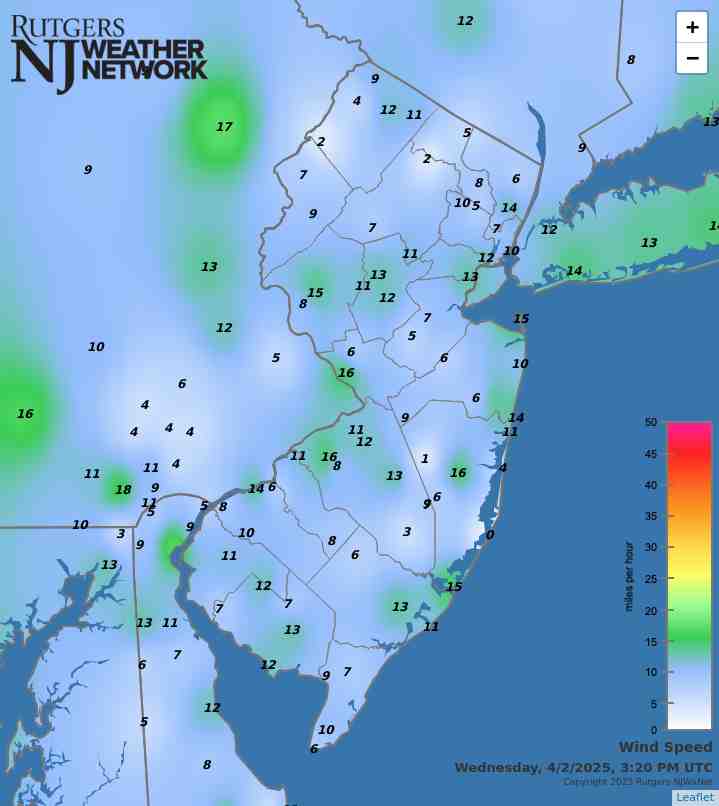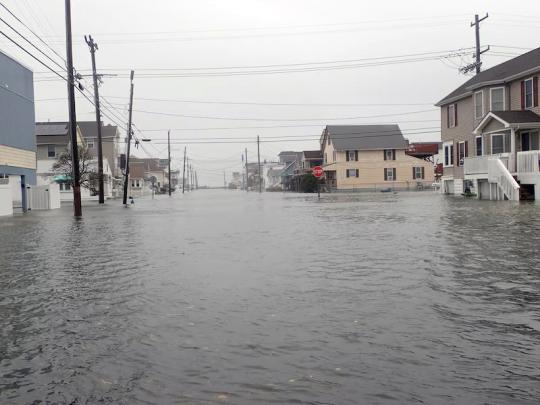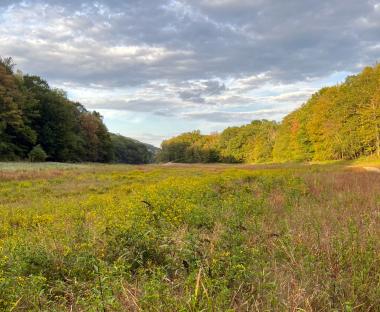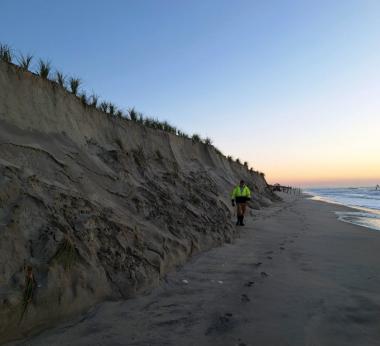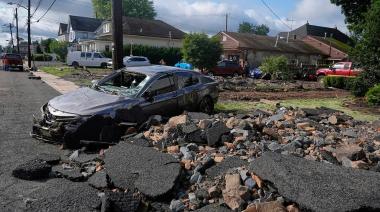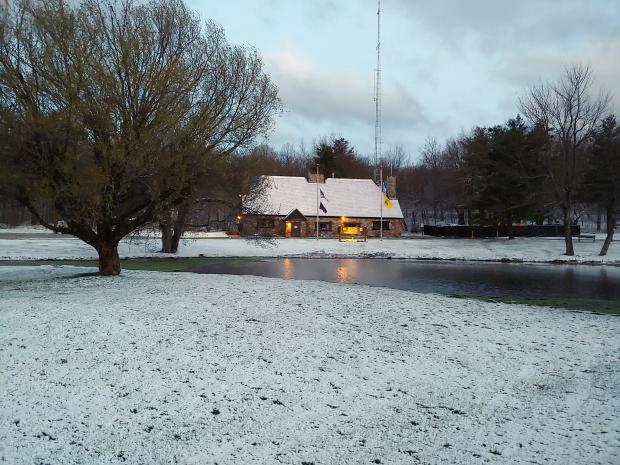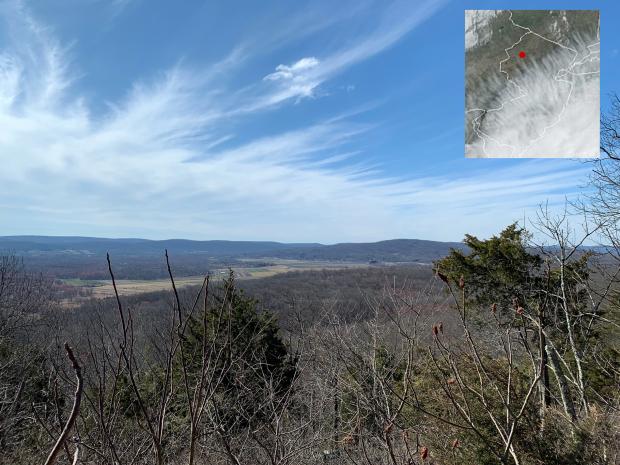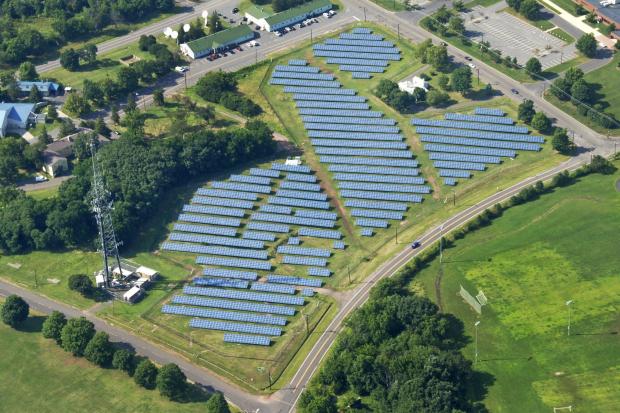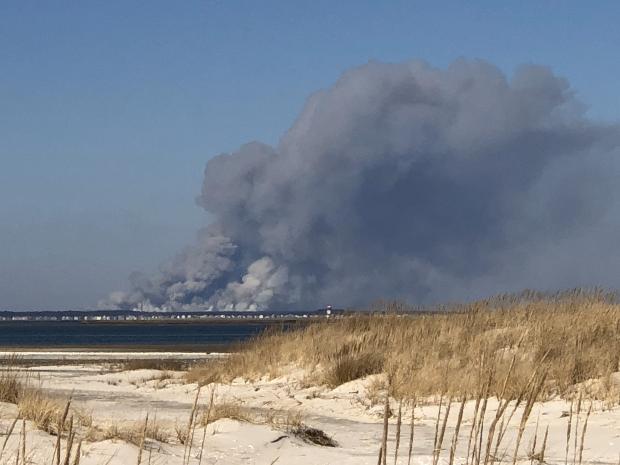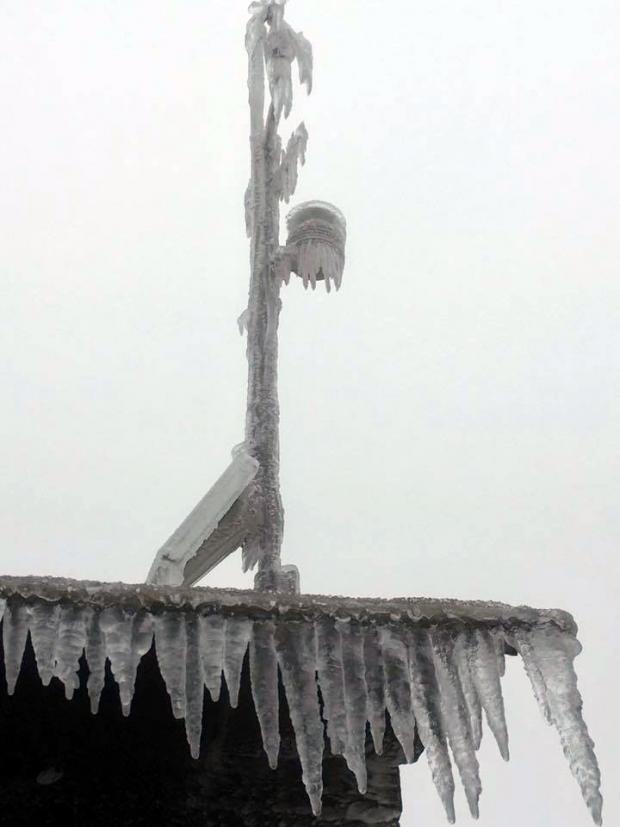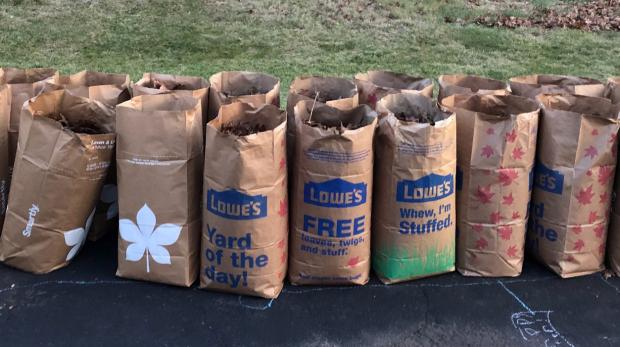Summer Arrives: June Recap (with a brief look at the first half of 2020)
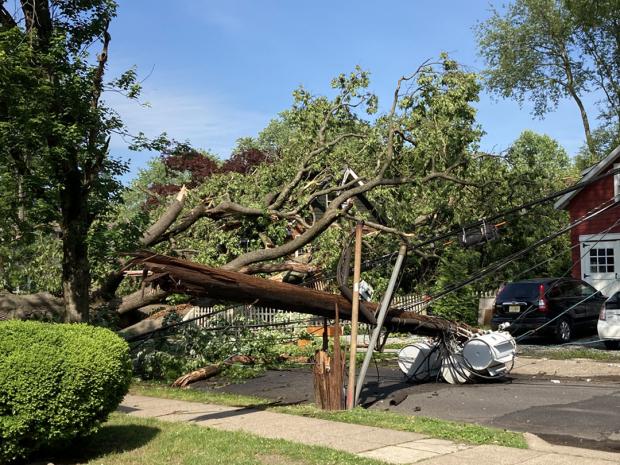
The statewide average precipitation this June was 3.10”. This is 0.91” below the 1981–2010 average and ranks as the 43rd driest of the past 126 Junes. As is typical during the warm season, where the bulk of the rainfall is provided by showers and thunderstorms, totals varied widely from location to location, even at times in close proximity to one another. Monmouth and northern Ocean counties saw the most, totaling over 5.00” in spots, with a secondary maximum in Gloucester County. The Highlands, portions of central NJ, and southern Ocean and Cape May counties saw as little as 1.00–2.00”.
The statewide average temperature of 71.6° was 1.8° above the 1981–2010 normal. This ranks as the 10th warmest, joining four other years this century in the top 10, while being the warmest since 2011.


